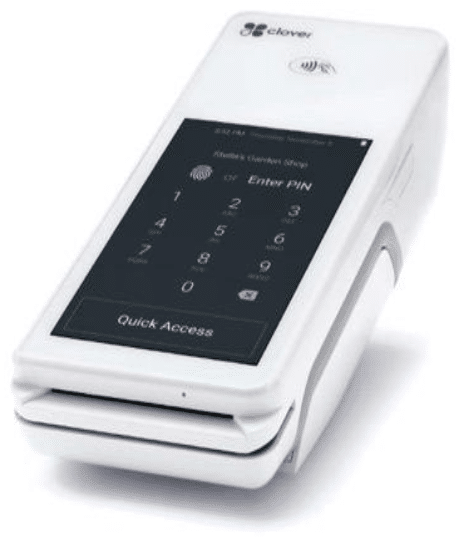The credit card payment process can be complicated if you are new to the game. The process starts when the merchant’s customer provides his or her credit card in order to pay for goods or services. In order to accept credit card processing online, a business will have to have a payment gateway service provider. A payment gateway service provider has the job of managing the routing of the customer’s data for the merchant. Since this can be complicated, payment gateways are extremely useful.
Transferring the Credit Card Data
Before a customer can pay for his or her services or goods, the credit card information has to be verified. The payment gateway passes the information regarding the credit card transaction to the processor. This is done through a completely secure connection in order to keep the credit card information safe.
After the merchant’s processor submits the transaction information to the credit card network, that network routes the same information to the customer’s bank. This is the bank that issued the credit card to the customer in the first place. It is the bank’s job to verify and authorize the transaction. The authorization request normally includes the amount of the transaction, the CVV number, the billing address of the customer, the expiration date on the card and the customer’s credit card number.
Approving the Transaction for Credit Card Processing Online
Once the customer’s bank receives this information from the credit card network, they will either approve the transaction or decline it, based on the funds that are available in that person’s account. This is also based on the accuracy of the information that was provided to the bank. It is the bank’s job to validate the information provided to the merchant. Information that has to be validated includes the credit card’s expiration date and the CVV number. In addition, the billing address is checked in order to make sure that it is the same address the bank has on file. Once the transaction has been approved or declined, the results of the transaction are passed to the credit card network.
The credit card network then passes those same transaction results to the merchant’s processor. This processer then transmits the results of the transaction to the payment gateway service provider.
Storing the Information
Once the merchant’s payment gateway service provider receives the transaction information from the merchant’s processor, the payment gateway system will store the results of the transaction. The payment gateway is then designed to send the results to the customer’s website. Once it has been sent to the website, the merchant should be able to review the details of the transaction. In addition, the customer will be able to go over the details of the transaction. If it was approved, the merchant will then have to deliver the services or goods to the paying customer.
The Merchant Receives the Customer’s Payment
After the transaction has been completed, the customer’s bank will be able to send the funds for the credit card processing online transaction to the credit card network. After the bank has sent the customer’s funds to the credit card network, that network has the job of passing these same funds to the merchant’s bank. Once the bank receives these funds, they will be able to be deposited into the merchant’s account. This process is known as a settlement and is the last stage in credit card processing online. The funds from the online transaction are normally deposited to the merchant’s primary bank account. This process can normally take between two business days and four business days.





Recent Comments